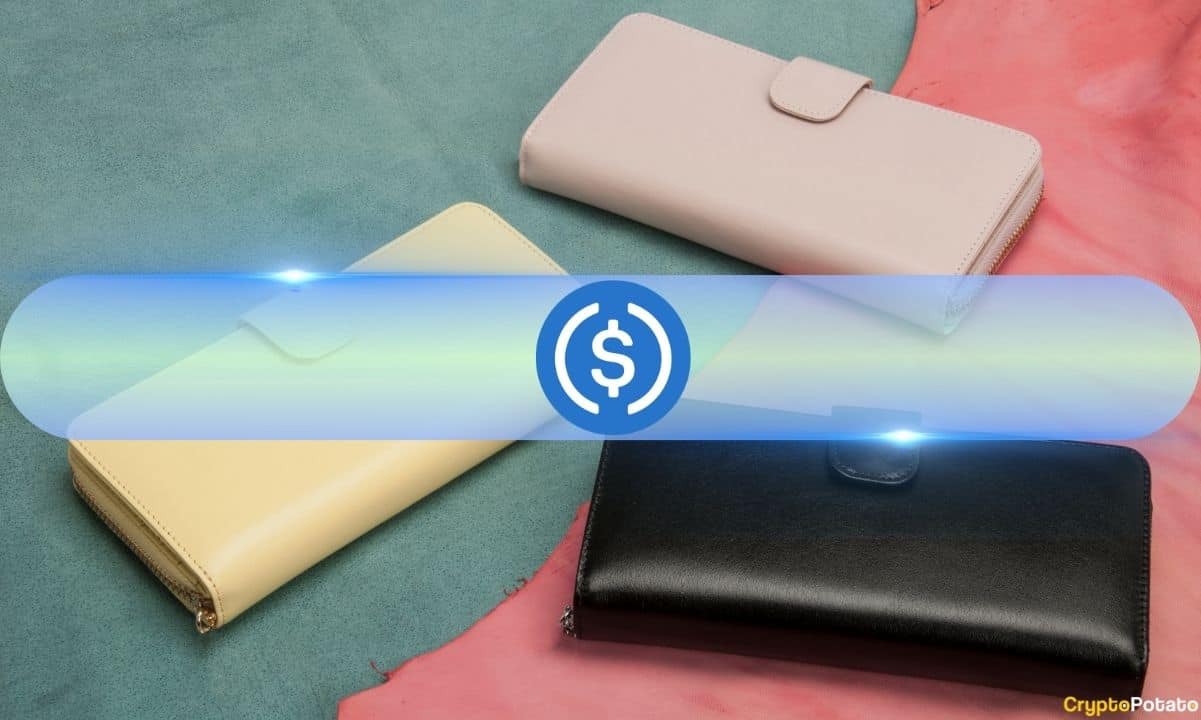USDC’s Blockchain Diversity Expands as Total Circulating Supply Surges 80% from 2023 Lows
USDC’s Blockchain Diversity Expands
Circle’s USDC has experienced a significant resurgence, with its total circulating supply surging by 80% from its 2023 lows. According to Blockwork’s data analytics manager Dan Smith, the stablecoin’s supply has reached nearly $44 billion as of January 2, 2025. This latest figure represents a stark increase from its 2023 low of less than $24 billion.
USDC’s Blockchain Landscape
The latest data reveals that Ethereum continues to dominate with 65% of USDC’s supply. However, other blockchains, including Solana and Base, hold 10%, and 7% of its supply, respectively. Hyperliquid and Arbitrum followed suit, capturing 5% and 3% of USDC’s growing share of supply, respectively.
This diversification is in contrast to the 2023 period when Ethereum accounted for 85% of the supply. The shift appears to be fueled by retail traders migrating to a cheaper alternative – Solana – for speculative trading on meme coins and AI agent tokens.
Additionally, the rise of Layer 1 networks like Hyperliquid, designed for low-latency trading, and Ethereum Layer 2 solutions, such as Base and Arbitrum, evidence the evolving preferences of crypto users.
This aligns with the stats posted by Circle’s Peter Schroeder, which revealed that the adoption of USDC on Ethereum Layer 2 solutions skyrocketed in 2024, with supply jumping from $1.9 billion to $8.1 billion. Base led the growth with a 26x increase, followed by a 4x rise on Arbitrum.
USDC Rebounds
Currently, USDC is trailing behind Tether (USDT), which dominates the market by market capitalization. USDC and USDT nearly reached parity in 2022, but the former declined, coinciding with the collapse of Silicon Valley Bank (SVB), where Circle held reserves.
The loss of the dollar peg was triggered when the fintech firm revealed that $3.3 billion – roughly 8% of its reserves – were at risk. However, market confidence rebounded as USDC restored its peg within four days.
Conclusion
In conclusion, USDC’s blockchain diversity has expanded significantly, with a surge in supply and a shift towards alternative blockchains. The stablecoin’s market share has grown, driven by retail traders seeking cheaper alternatives for speculative trading. As the crypto landscape continues to evolve, USDC’s flexibility and adaptability will be crucial in maintaining its position in the market.
FAQs
Q: What is the current total circulating supply of USDC?
A: As of January 2, 2025, the total circulating supply of USDC is nearly $44 billion.
Q: What is the current market capitalization of USDC compared to Tether (USDT)?
A: USDC is currently trailing behind Tether (USDT), which dominates the market by market capitalization.
Q: What are the reasons behind the shift towards alternative blockchains, such as Solana and Base?
A: The shift appears to be fueled by retail traders migrating to cheaper alternatives for speculative trading on meme coins and AI agent tokens.
Q: What is the significance of the Ethereum Dencun upgrade in March?
A: The Ethereum Dencun upgrade in March further ramped up scalability and reduced transaction fees below $0.01, making it more attractive for users.
Q: What was the impact of the collapse of Silicon Valley Bank (SVB) on Circle and USDC?
A: The loss of the dollar peg was triggered when Circle revealed that $3.3 billion – roughly 8% of its reserves – were at risk, but market confidence rebounded as USDC restored its peg within four days.







